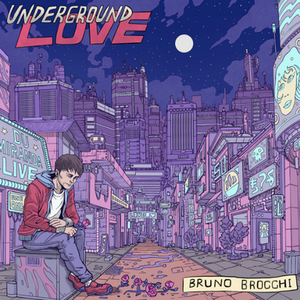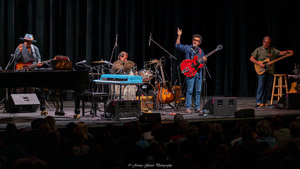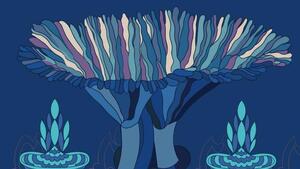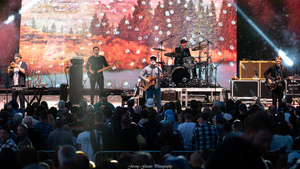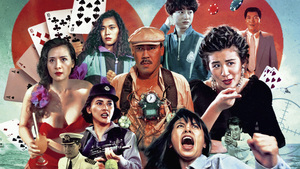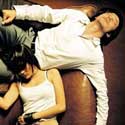
Last Life in the Universe
directed by Pen-ek Ratanaruang
starring Asano Tadanobu, Sinitta Boonyasak, Miike Takashi
Palm Pictures
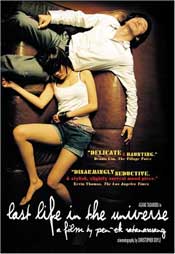
Pen-ek Ratanaruang’s Last Life in the Universe was shot by visionary cinematographer Christopher Doyle. Doyle, whose previous work has included Hero, Chungking Express and In the Mood For Love among others, is a master at capturing space and color on film and he doesn’t disappoint with Last Life. Working closely with Pen-ek, he’s created a movie that’s built of rhythm and structure rather than plot.
At its core, the film is Asia’s answer to Lost in Translation. Set against the backdrop of Bangkok, Thailand, Kenji (Asano Tadanobu), a reserved, obsessive compulsive, Japanese transplant becomes haphazardly entangled with Noi (Sinitta Boonyasak), a Thai girl who’s planning to move to Osaka. The two are seeking solace because of personal tragedies: Noi, because her sister was recent killed in a car accident, while Kenji’s reason remains unknown. The relationship between the two is an interesting one because of the language barrier –Kenji only knows a handful of Thai phrases and Noi has been studying Japanese, but is no means fluent. As a result, they turn to English as common ground, but since it’s still a second or third langauge for both of them their conversations are very stilted and basic. The bond that develops between them is brought to life simply by being there for each other, by inhabiting the same physical space. The joy of the film comes from the casual reconciliation of the plot’s disparate events –including subplots involving Thai gangsters and gonzo filmmaker Miike Takashi as a Japanese yakuza. The quiet journey Kenji takes and the development of his character are brought about not only by his friendship with Noi, but through the change of his surroundings.
The heart of the film takes place at Noi’s shambolic country house. The aesthetic clash between Kenji’s usual obsessive order and cleanliness and the sheer decrepitude of the house is the first step toward dealing with his phobias and confidence inadequacies. Doyle and Pen-ek use the house to great effect, employing a wide variety of shots of parts of the house as punctuation, not only to close or open scenes, but also to act as an ellipses, to show a brief passage of time or a slight change in subject or tone. The two give Noi’s house so much character and sway over the trajectory of the film that it becomes the movie’s third most important character. Thanks to Doyle’s command of style it works beautifully.
In both the included interview with Pen-ek and Doyle’s feature commentary, the filmmakers asserts that if it is done right, the form of a movie will preclude any potential questions an audience will have about continuity and coherence. Last Life in the Universe exists as cobbled together snippets of both dramatic and mundane events for the main characters to wander through, interspersed with shots of tattered curtains rising in a gust of wind or aerial shots of a disused swimming pool. It’s these smallest details that end up being the most important in defining for both the characters in the film and the audience watching them.
Palm Pictures: http://www.palmpictures.com

